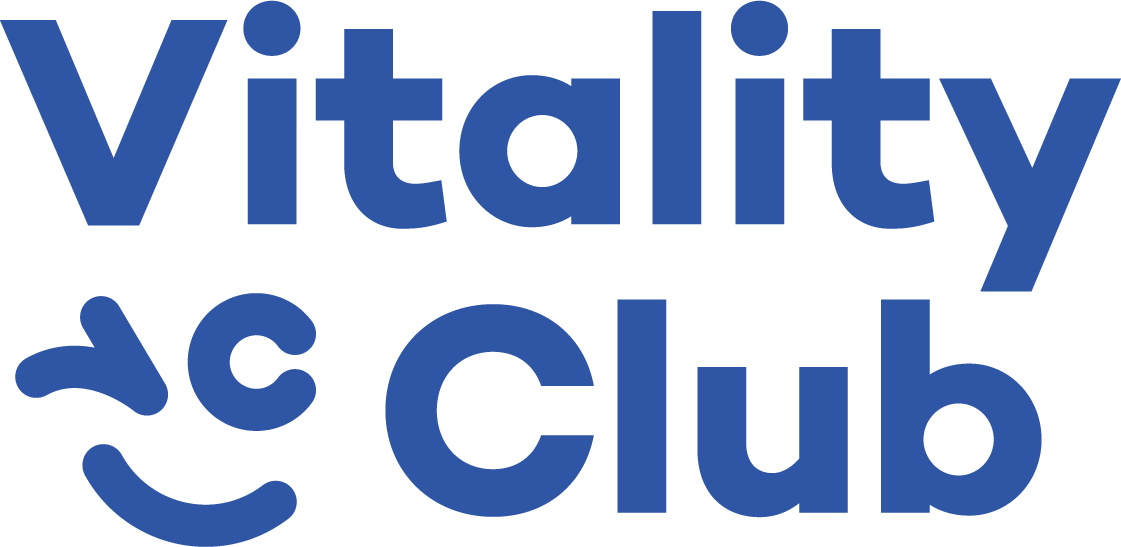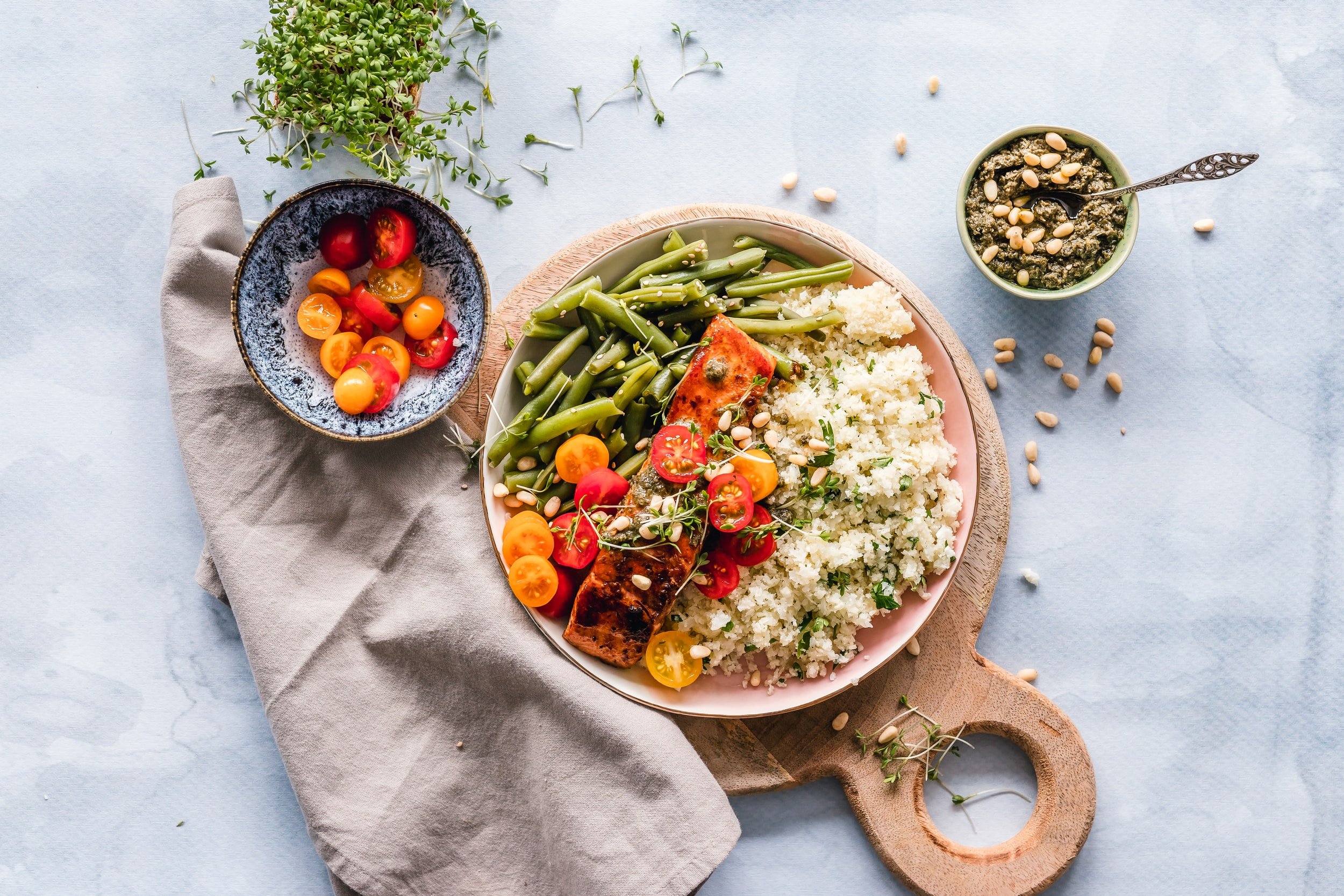Food - Is It The Missing Link To Your Health? You Butter Believe It
An apple a day keeps the doctor away. You may have heard this saying throughout the many years. Although a lonesome apple may not be enough to keep the doctors at bay, a healthy diet combined with regular exercise goes a long way to maintaining a healthy lifestyle.
As we get older, the way our body interacts with food will change. It can result in a decreased appetite or reduced energy need. There can also be changes to hormone levels, diminished smell, and taste which in turn makes food less appealing and can contribute to malnutrition. On top of this, it can be compounded by certain conditions, reduced ability to buy and prepare foods, medication side-effects and dental problems.
So, what steps can you take to make sure you are getting the essential vitamins, fibre and nutrients? Below is a simple guide by the Australian Guide to Healthy Eating.
Your diet should include foods from these five food groups every day:
Orange: Grain (cereal) foods, mostly wholegrain and/or high cereal fibre varieties
Dark Green: Vegetables and legumes/beans
Light green: Fruit
Purple: Milk, yogurt, cheese and/or alternatives, mostly reduced fat
Blue: Lean meats and poultry, fish, eggs, tofu, nuts and seeds and legumes/beans
Example of a perfect plate at mealtime:
One serving (size and thickness of your palm) of lean meat such as chicken.
Two servings (two handfuls) of vegetables such as broccoli or carrot.
One-two servings (1-2 tennis balls) of carbohydrates such as brown rice.
Hydration
How much water have you had to drink today?
Water is an essential part of a diet that is often overlooked. It allows for us to maintain our bodily functions, regulates body temperature, lubricates joints and many more! The Australian government recommends 8-10 cups of water per day. These may include certain foods and drinks, although water is the best drink of choice.
Arthritis
Maintaining a healthy weight is very important for arthritis. Being overweight can make pain worse, especially in certain joints that support weight-bearing. These include your hips, knees, and ankles. Research has shown monounsaturated fats (vegetable oils such as canola oil, sunflower oil) and omega 3 fats (fish, walnuts) can help reduce inflammation and disease activity in joints.
Bone health
Keeping healthy bones is important for general health. This allows for bones to maintain their density and strength to support the body and help you move around. Research has shown that maintenance of bone health includes adequate levels of calcium, vitamin D and implementing exercise regularly in your lifestyle. Calcium rich foods include dairy products such as milk, cheese, and yogurt.
Diabetes & Heart Disease
Eating the recommended amount of food and following the five food guide above can be a great way to keep blood sugar levels at bay! Instead of having three large meals, you can try having six smaller meals throughout the day. Make sure these foods are lower in fat, especially the saturated fats which are found in animal foods like fatty meat, snack or convenience foods, milk, butter and cheese. So look to limit these on your plate! Additional steps include limiting high sugar foods, processed foods and eating slow digesting (Low GI) carbohydrates such as rolled oats, wholegrain breads, lentils, legumes, sweet potato and most types of fruit.
Problem Solving
It is important to see every meal and snack as a pit-stop to fuel your body with the best quality of food and nutrients. This can be catered to your own personal palate, abilities, and lifestyle.
Finding it hard to access the supermarket or carrying heavy grocery bags? You can try a grocery delivery service or find support from friends, family, or other community services through my aged care.
Cooking can be challenging every day. You can try preparing several meals at once and keep them refrigerated or frozen so you can easily reheat them and consume them during the week. Meal preparation is also one of the many services that can be provided through community services such as my aged care.
Exercise, exercise, and exercise! It can help build and strengthen your muscles, increase your appetite but most importantly, allow you to keep moving and be able to complete meal preparation. Training the body can make movements such as bending, balancing, and standing for long periods easier when you cook.
If you, or someone you know needs help with accessing services, to book in an accredited dietician or need assistance with any duties, click here.



